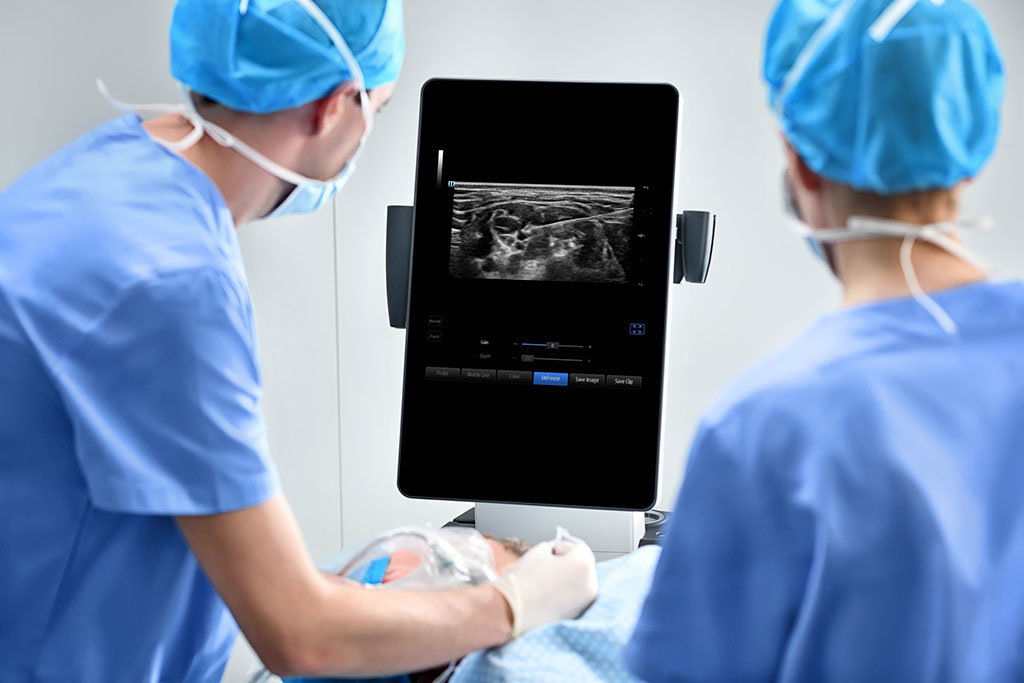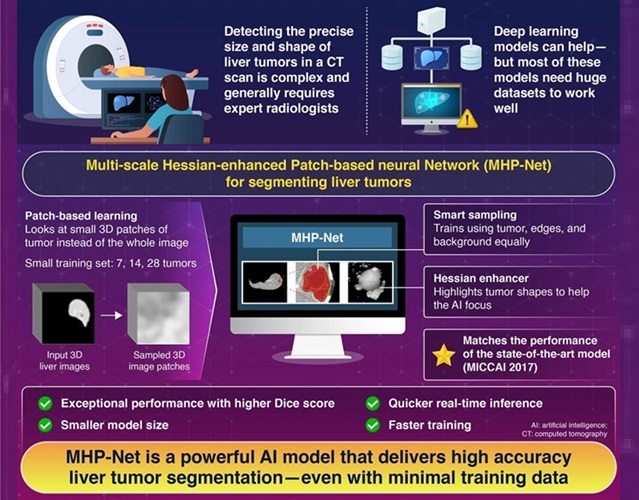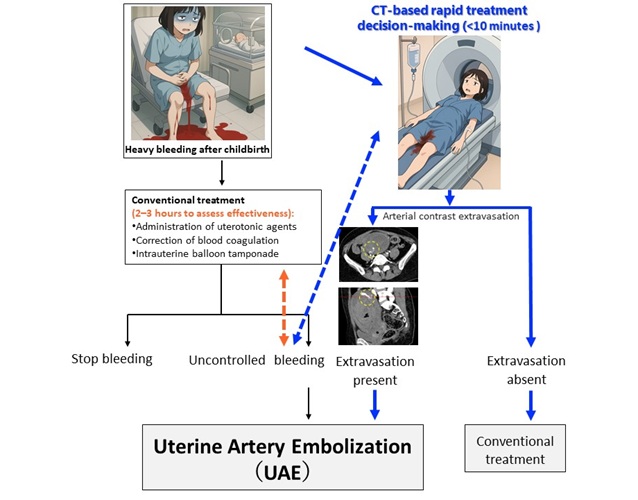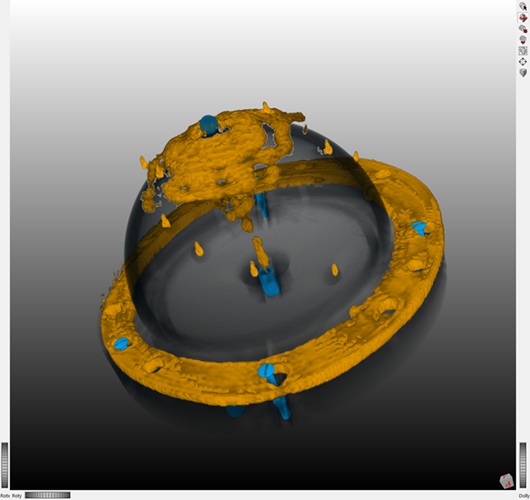POC Ultrasound System Automatically Identifies Gastric Antrum
|
By MedImaging International staff writers Posted on 21 Oct 2021 |

Image: The TE9 ultrasound system at the POC (Photo courtesy of Mindray)
A new point-of-care ultrasound (POCUS) system automatically identifies the edge of the gastric antrum (GA) and calculates the area with a single screen tap.
The Mindray Medical (Shenzen, China) TE9 POCUS features a large, 21.5-inch high-definition (HD) touch screen for enhanced viewing, which gives clinicians a clear and confident view from anywhere in the examination room. In addition, the TE9 is equipped with iVocal voice command capability, which enables hands-free instructions to be issued for faster response times. Comprehensive disinfection capabilities make it suitable for environments that require frequent decontamination, allowing for a quick turnaround time between examinations.
The TE9 features a host of intelligent tools for fast-paced environments, including Auto GA, which helps evaluate gastric content and aids clinical decisions regarding patient suitability for surgery; Smart VTI, which automatically locates pulse wave (PW) Doppler sample line in real-time to display VTI; Smart IVC, which help assess volume status over time and guide fluid management; Smart B-line to enable rapid assessment of lung tissue; smart fetal heart rate (FHR) measurement during the first trimester; and iNeedle, an advanced needle visualization technology.
Additional features include three transducer connectors for various exam types; a built-in battery that allows for up to two hours of continuous scan time; and dedicated cable management to avoid transducer damage, tripping hazards, and contamination. eGateway Integration seamlessly connects the TE9 wirelessly to the hospital’s EMR, enabling clinicians to easily and securely access patient data and send exam information, images, and reports. The paperless process also improves workflow and productivity and reduces the risk of manual transcription errors.
“In response to pressing challenges facing clinicians, Mindray has persisted in developing innovative ultrasound solutions that enable improved patient care,” said Xujin He, general manager of the medical imaging system business unit at Mindray. “The new TE9 is equipped with a host of features designed to expand Point-of-Care ultrasound solutions and meet evolving clinical needs.”
The exponential growth of POCUS use in the intensive care unit (ICU) and hospital clinical wards has been driven by mounting clinical evidence showing heightened patient safety and less risk of complication when key interventions are performed with ultrasound guidance at the POC, such as imaging the abdomen, heart, and lungs, and when guiding interventional procedures, such as nerve blocks and targeted injections.
Related Links:
Mindray Medical
The Mindray Medical (Shenzen, China) TE9 POCUS features a large, 21.5-inch high-definition (HD) touch screen for enhanced viewing, which gives clinicians a clear and confident view from anywhere in the examination room. In addition, the TE9 is equipped with iVocal voice command capability, which enables hands-free instructions to be issued for faster response times. Comprehensive disinfection capabilities make it suitable for environments that require frequent decontamination, allowing for a quick turnaround time between examinations.
The TE9 features a host of intelligent tools for fast-paced environments, including Auto GA, which helps evaluate gastric content and aids clinical decisions regarding patient suitability for surgery; Smart VTI, which automatically locates pulse wave (PW) Doppler sample line in real-time to display VTI; Smart IVC, which help assess volume status over time and guide fluid management; Smart B-line to enable rapid assessment of lung tissue; smart fetal heart rate (FHR) measurement during the first trimester; and iNeedle, an advanced needle visualization technology.
Additional features include three transducer connectors for various exam types; a built-in battery that allows for up to two hours of continuous scan time; and dedicated cable management to avoid transducer damage, tripping hazards, and contamination. eGateway Integration seamlessly connects the TE9 wirelessly to the hospital’s EMR, enabling clinicians to easily and securely access patient data and send exam information, images, and reports. The paperless process also improves workflow and productivity and reduces the risk of manual transcription errors.
“In response to pressing challenges facing clinicians, Mindray has persisted in developing innovative ultrasound solutions that enable improved patient care,” said Xujin He, general manager of the medical imaging system business unit at Mindray. “The new TE9 is equipped with a host of features designed to expand Point-of-Care ultrasound solutions and meet evolving clinical needs.”
The exponential growth of POCUS use in the intensive care unit (ICU) and hospital clinical wards has been driven by mounting clinical evidence showing heightened patient safety and less risk of complication when key interventions are performed with ultrasound guidance at the POC, such as imaging the abdomen, heart, and lungs, and when guiding interventional procedures, such as nerve blocks and targeted injections.
Related Links:
Mindray Medical
Latest Ultrasound News
- Non-Invasive Ultrasound-Based Tool Accurately Detects Infant Meningitis
- Breakthrough Deep Learning Model Enhances Handheld 3D Medical Imaging
- Pain-Free Breast Imaging System Performs One Minute Cancer Scan
- Wireless Chronic Pain Management Device to Reduce Need for Painkillers and Surgery
- New Medical Ultrasound Imaging Technique Enables ICU Bedside Monitoring
- New Incision-Free Technique Halts Growth of Debilitating Brain Lesions
- AI-Powered Lung Ultrasound Outperforms Human Experts in Tuberculosis Diagnosis
- AI Identifies Heart Valve Disease from Common Imaging Test
- Novel Imaging Method Enables Early Diagnosis and Treatment Monitoring of Type 2 Diabetes
- Ultrasound-Based Microscopy Technique to Help Diagnose Small Vessel Diseases
- Smart Ultrasound-Activated Immune Cells Destroy Cancer Cells for Extended Periods
- Tiny Magnetic Robot Takes 3D Scans from Deep Within Body
- High Resolution Ultrasound Speeds Up Prostate Cancer Diagnosis
- World's First Wireless, Handheld, Whole-Body Ultrasound with Single PZT Transducer Makes Imaging More Accessible
- Artificial Intelligence Detects Undiagnosed Liver Disease from Echocardiograms
- Ultrasound Imaging Non-Invasively Tracks Tumor Response to Radiation and Immunotherapy
Channels
Radiography
view channel
AI Hybrid Strategy Improves Mammogram Interpretation
Breast cancer screening programs rely heavily on radiologists interpreting mammograms, a process that is time-intensive and subject to errors. While artificial intelligence (AI) models have shown strong... Read more
AI Technology Predicts Personalized Five-Year Risk of Developing Breast Cancer
Breast cancer remains one of the most common cancers among women, with about one in eight receiving a diagnosis in their lifetime. Despite widespread use of mammography, about 34% of patients in the U.... Read moreMRI
view channel
AI-Assisted Model Enhances MRI Heart Scans
A cardiac MRI can reveal critical information about the heart’s function and any abnormalities, but traditional scans take 30 to 90 minutes and often suffer from poor image quality due to patient movement.... Read more
AI Model Outperforms Doctors at Identifying Patients Most At-Risk of Cardiac Arrest
Hypertrophic cardiomyopathy is one of the most common inherited heart conditions and a leading cause of sudden cardiac death in young individuals and athletes. While many patients live normal lives, some... Read moreNuclear Medicine
view channel
New Camera Sees Inside Human Body for Enhanced Scanning and Diagnosis
Nuclear medicine scans like single-photon emission computed tomography (SPECT) allow doctors to observe heart function, track blood flow, and detect hidden diseases. However, current detectors are either... Read more
Novel Bacteria-Specific PET Imaging Approach Detects Hard-To-Diagnose Lung Infections
Mycobacteroides abscessus is a rapidly growing mycobacteria that primarily affects immunocompromised patients and those with underlying lung diseases, such as cystic fibrosis or chronic obstructive pulmonary... Read moreGeneral/Advanced Imaging
view channel
Cutting-Edge Angio-CT Solution Offers New Therapeutic Possibilities
Maintaining accuracy and safety in interventional radiology is a constant challenge, especially as complex procedures require both high precision and efficiency. Traditional setups often involve multiple... Read more
Extending CT Imaging Detects Hidden Blood Clots in Stroke Patients
Strokes caused by blood clots or other mechanisms that obstruct blood flow in the brain account for about 85% of all strokes. Determining where a clot originates is crucial, since it guides safe and effective... Read more
Groundbreaking AI Model Accurately Segments Liver Tumors from CT Scans
Liver cancer is the sixth most common cancer worldwide and a leading cause of cancer-related deaths. Accurate segmentation of liver tumors is critical for diagnosis and therapy, but manual methods by radiologists... Read more
New CT-Based Indicator Helps Predict Life-Threatening Postpartum Bleeding Cases
Postpartum hemorrhage (PPH) is a leading cause of maternal death worldwide. While most cases can be controlled with medications and basic interventions, some become life-threatening and require invasive treatments.... Read moreImaging IT
view channel
New Google Cloud Medical Imaging Suite Makes Imaging Healthcare Data More Accessible
Medical imaging is a critical tool used to diagnose patients, and there are billions of medical images scanned globally each year. Imaging data accounts for about 90% of all healthcare data1 and, until... Read more
Global AI in Medical Diagnostics Market to Be Driven by Demand for Image Recognition in Radiology
The global artificial intelligence (AI) in medical diagnostics market is expanding with early disease detection being one of its key applications and image recognition becoming a compelling consumer proposition... Read moreIndustry News
view channel
GE HealthCare and NVIDIA Collaboration to Reimagine Diagnostic Imaging
GE HealthCare (Chicago, IL, USA) has entered into a collaboration with NVIDIA (Santa Clara, CA, USA), expanding the existing relationship between the two companies to focus on pioneering innovation in... Read more
Patient-Specific 3D-Printed Phantoms Transform CT Imaging
New research has highlighted how anatomically precise, patient-specific 3D-printed phantoms are proving to be scalable, cost-effective, and efficient tools in the development of new CT scan algorithms... Read more
Siemens and Sectra Collaborate on Enhancing Radiology Workflows
Siemens Healthineers (Forchheim, Germany) and Sectra (Linköping, Sweden) have entered into a collaboration aimed at enhancing radiologists' diagnostic capabilities and, in turn, improving patient care... Read more








 Guided Devices.jpg)










